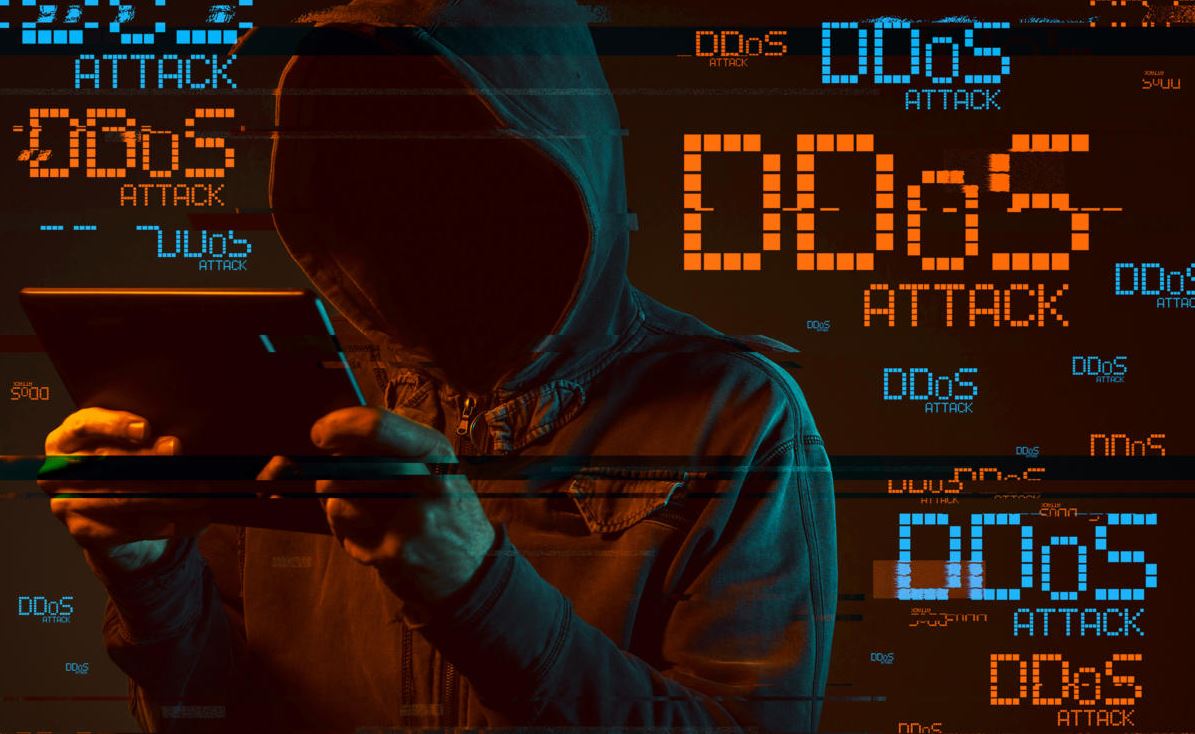Detecting IP stressers effectively demands a layered strategy, blending sophisticated analytics, machine learning, and continuous real-time surveillance.
- The first layer of defence involves the identification of suspicious traffic patterns, such as sudden spikes in network activity or using known IP stresser service providers. Security teams analyze network flow data to detect anomalies that may indicate an impending attack.
- The second layer of defence leverages machine learning algorithms to classify network traffic and identify the potential use of IP stressers. These algorithms are trained on vast datasets of legitimate and malicious traffic, enabling them to recognize the unique signatures and behavioural patterns associated with IP stresser usage. As the algorithms evolve, they become increasingly adept at detecting even the most sophisticated IP stresser techniques.
- The third layer of defence involves real-time monitoring and threat intelligence. By integrating data from various sources, including threat feeds, honeypots, and security logs, security teams build a comprehensive understanding of the IP stresser landscape. This approach allows for the rapid identification of emerging threats and the implementation of proactive countermeasures.
Innovations in IP stresser detection
As the threat of IP stresser-enabled attacks continues to grow, researchers and security professionals have been exploring innovative approaches to detection and mitigation. One such innovation is using network traffic anomaly detection techniques, which leverage advanced statistical models and machine learning algorithms to identify deviations from normal network behaviour.
These techniques, which include methods such as Principal Component Analysis (PCA) and Isolation Forests, effectively detect the subtle changes in network traffic that may indicate the presence of an IP stresser. By continuously monitoring network activity and adapting to changing traffic patterns, these anomaly detection systems provide early warning of potential attacks, enabling security teams to respond proactively.
By leveraging the immutable and distributed nature of blockchain technology, researchers have developed systems that track and verify the source of network traffic. This approach, known as Blockchain-based IP Reputation (BLIPR), has the potential to identify and mitigate the use of IP stressers by providing a secure and transparent means of verifying the legitimacy of network activity. Visit https://darkvr.io/ for more info about ip stresser.
Challenges in IP stresser detection
Despite the advancements in IP stresser detection technologies, significant challenges remain. As security professionals develop new detection methods, malicious actors respond by creating more sophisticated IP stresser tools and evasion tactics. This “cat-and-mouse” game requires security teams to continuously update their detection capabilities to stay ahead of the threat.
As IP stresser detection algorithms become more sophisticated, they may also become more prone to identifying legitimate network activity as malicious. This led to disruptions in everyday business operations and increased workloads for security teams. Striking a balance between effective detection and minimizing false positives is a delicate task that requires ongoing refinement and optimization of the detection algorithms.
The sheer volume of network traffic and the diversity of IP stresser services also pose significant challenges. With the proliferation of cloud-based infrastructure and the increasing complexity of modern networks, the amount of data that security teams must analyze and process has grown exponentially. Developing scalable and efficient detection solutions for this vast data is critical for effective IP stresser mitigation.
The global and distributed nature of IP stresser services presents a unique challenge. Many IP stresser providers operate across multiple jurisdictions, making it difficult for law enforcement and security teams to track and disrupt their operations. Developing international cooperation and coordination mechanisms to tackle this issue is essential for mitigating the IP stresser threat.










